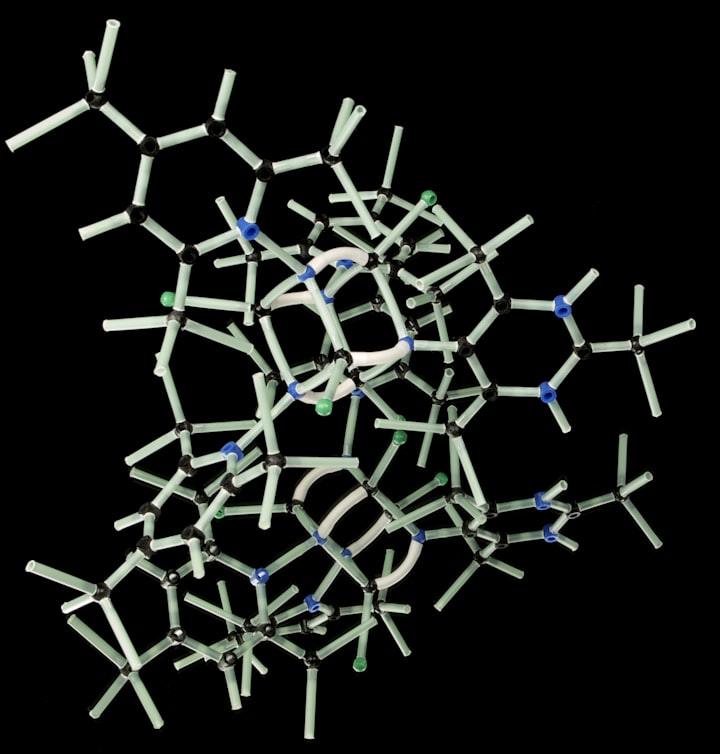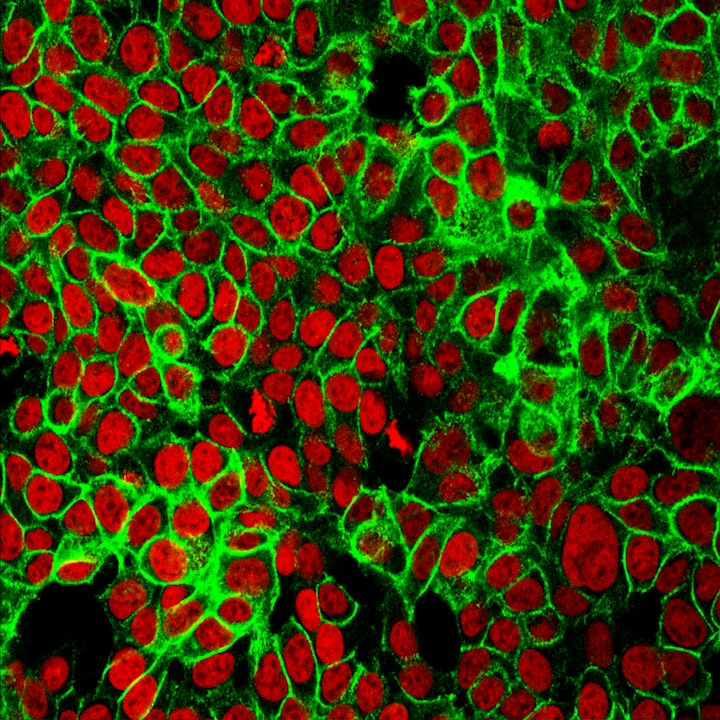What are the Types of Death Criteria?
Understand types of death criteria, cardiac and brain, and their interdependence.

In the medical field, determining the precise moment when an individual ceases to exist is a complex matter that involves evaluating a combination of factors.
In general, two primary criteria, namely cardiac and brain death, are considered as indicators for classifying a person as clinically dead.
Cardiac Death
Given the interdependency of the circulatory and nervous systems, when an individual's heart ceases to beat effectively, efforts are made to initiate cardiopulmonary resuscitation (CPR) to restore cardiac function.
It is crucial to note that despite the cessation of cardiac activity, the brain remains viable for a brief period.
This further elucidates the importance of cardiac function in the determination of death.
Brain Death
Conversely, the concept of brain death centers on the loss of brain function, leading to the cessation of consciousness and the ability to breathe spontaneously.
Even in situations where the brain's activity has irreversibly ceased, modern medical interventions can sustain cardiac and respiratory functions artificially, thereby maintaining organ viability.
Interdependence of Cardiac and Brain Activity
While both aspects of death are distinct, they are profoundly interconnected.
The absence of cardiac activity promptly results in the halting of blood supply to the brain, culminating in irreversible brain damage and eventual demise.
On the other hand, the cessation of brain activity leads to the cessation of breathing, eventually precipitating cardiac death.
This intricate correlation reinforces the significance of both cardiac and brain activity in assessing the viability of an individual.
**By delving into the complexity of the criteria for death classification, it becomes evident that both cardiac and brain death are pivotal in determining the threshold between life and death.
The simultaneous evaluation of these criteria ensures a comprehensive understanding of an individual's vital functions and contributes to the accurate assessment of their existence.
Hence, rather than isolating the significance to either cardiac or brain activity, the emphasis lies in recognizing the symbiotic nature of both facets in the context of life and death.**






